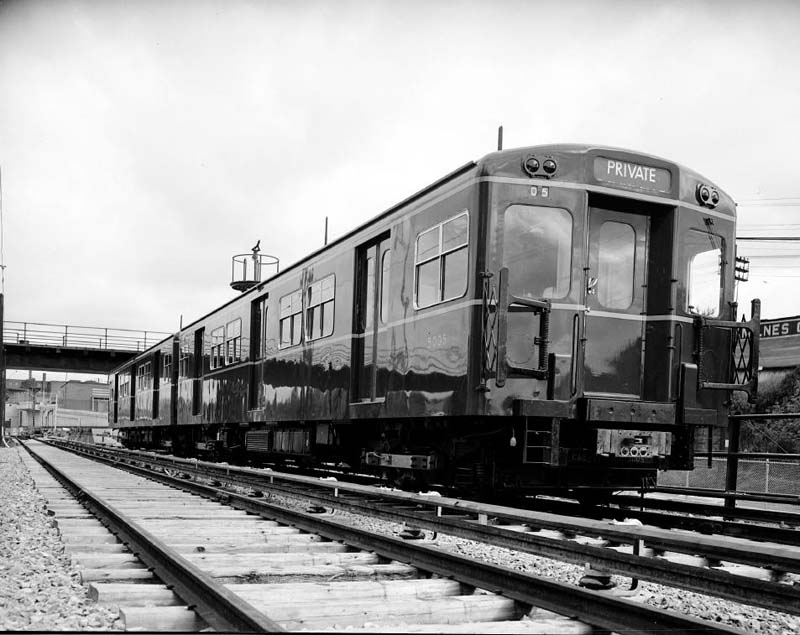1. The part you quoted is as I said - Metrolinx plans to run 80m trains at first as that's the only capacity needed, but the system is still designed to accommodate 100m trains.. Which is fine for future proofing. Note the reference to the smaller trains being run on the initial 30 year period, with the potential to increase the size in the second 30 year operating period. Also note that the refined capital cost reduction is only about $150 million ($8.41-9.05 billion, dropped to $8.26-8.91 billion), which I imagine mostly comes from a smaller rolling stock order. If capacity does run over in 30 years it won't be a challenge to order a few more train cars for a couple hundred million and extend the trains.
2. How do we know that the OL will need that additional capacity in the first place? Even with 80 metre trains, ridership projections have peak loads at 50-60% of capacity on opening day. The 80 metre trains can also accommodate the demand currently experienced on the Bloor-Danforth line, as well as the demand on basically every subway line on the continent other than the Yonge Line and the Lexington Avenue line in NYC. Fast growth or not, the amount of demand required to run the line over capacity is extremely high in a global context.
Even if the line is extended up to Steeles, I just struggle to see how the line will attract 30,000+pphd in the infrastructure lifecycle period. And as I said, if it did manage to achieve that, it would be better to build a second relief line at that point than it would be to lay out the initial capital outlay today to protect for that situation 50 years from now.
